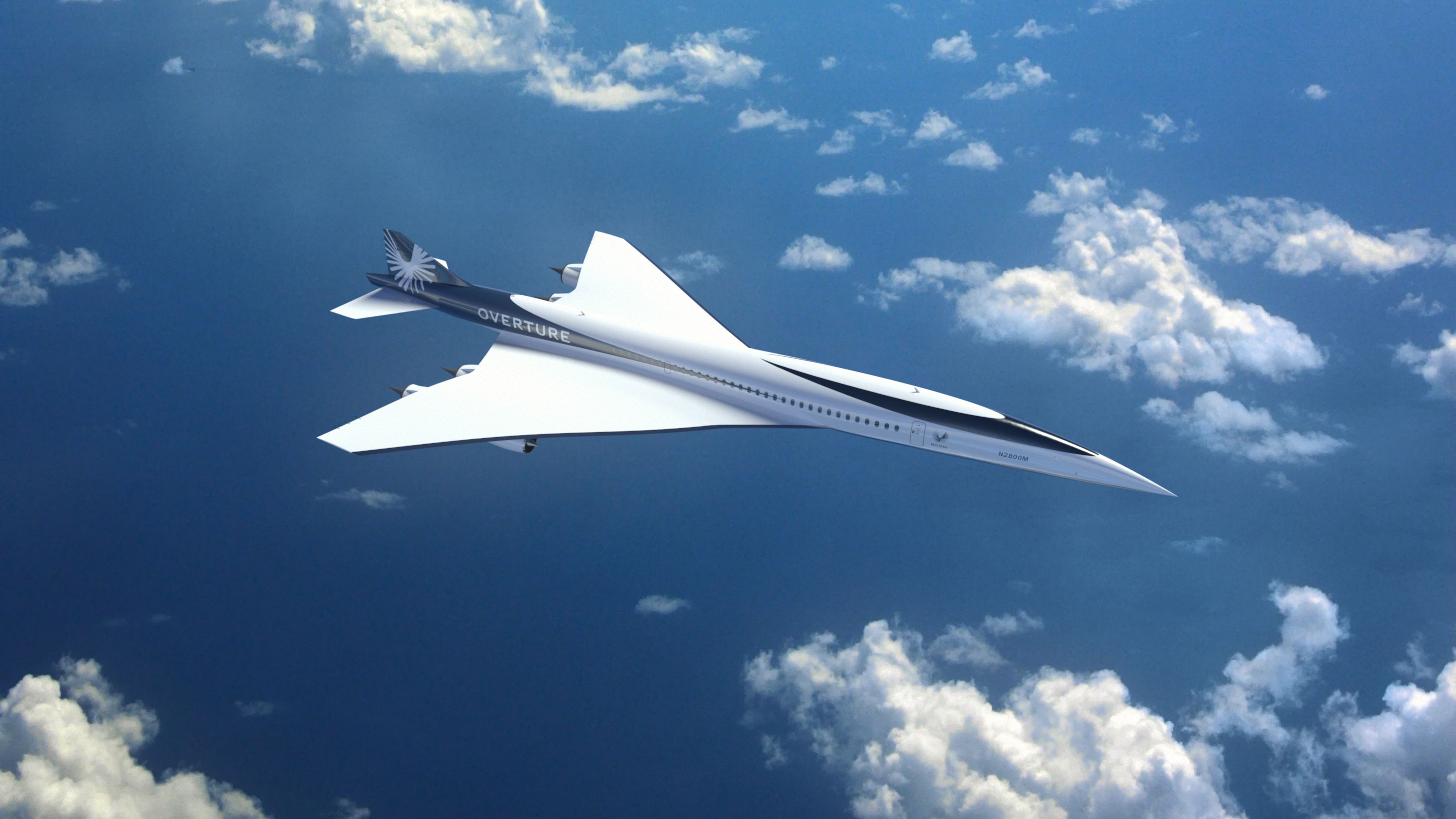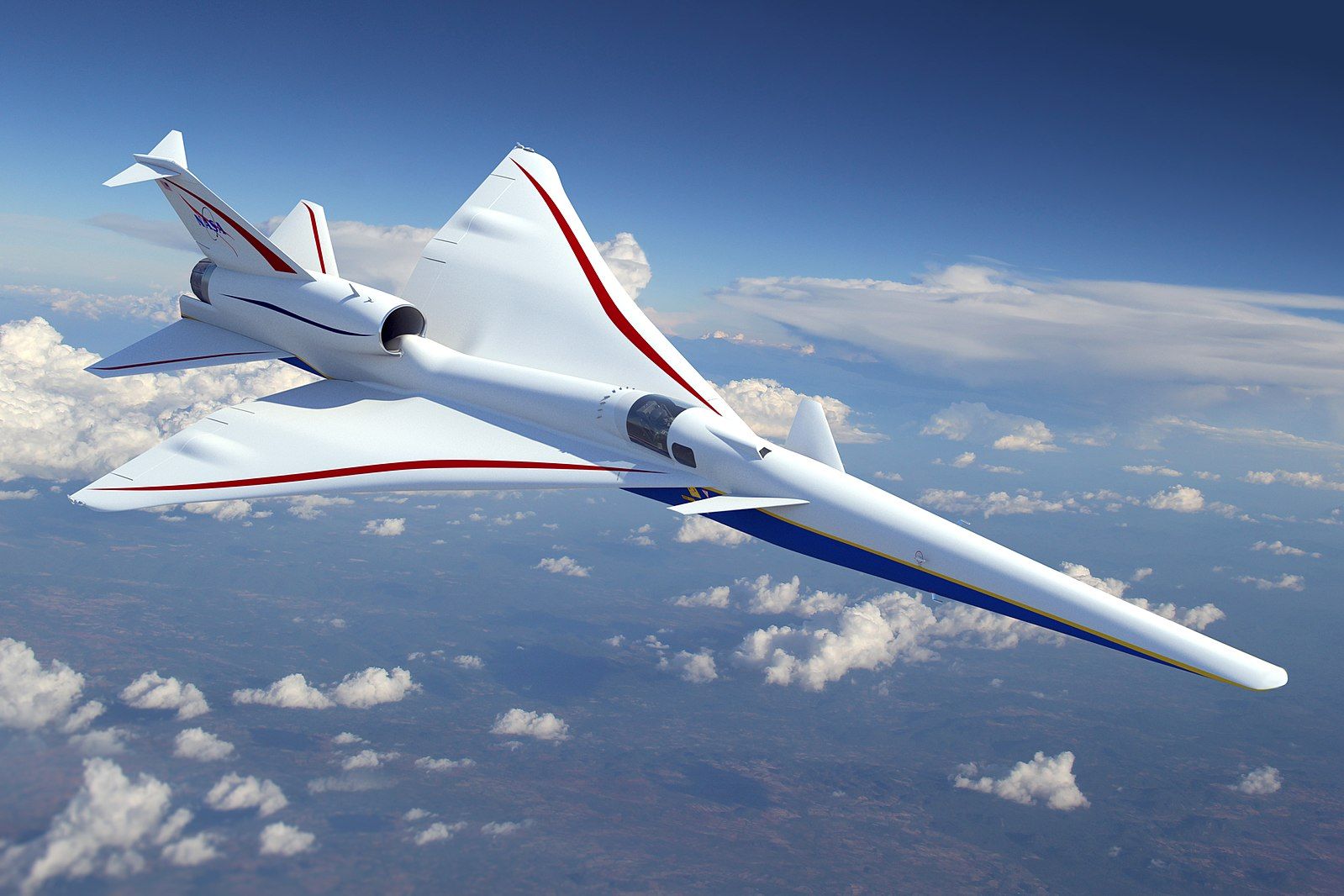Whether you were one of the privileged few to have flown on Concorde or not, you are most likely familiar with the sonic boom the aircraft created when traveling faster than the speed of sound. This, of course, limited the aircraft's use over land, hampering its popularity significantly and essentially limiting it to transatlantic flights. Reaching velocities of twice the speed of sound (Mach 2.01), traveling between New York and London could be done in as little as under three hours. Concorde was not the first supersonic airliner. That title belongs to the Tupolev Tu-144, which took its first flight on December 1968, two months before the British-French jet. However, a spectacular crash at the 1973 Paris Air Show, reliability and developmental issues, as well as rising fuel prices, made the aircraft essentially commercially inoperable.
Flying faster than sound
Supersonic flight was first achieved in 1947 with a US military prototype Bell X-1 aircraft. It has since become common in military aircraft, but only the two commercial aircraft mentioned above have ever managed it.
Concorde operated commercial flights for 27 years, having entered service in 1976 with British Airways and Air France. Only 14 aircraft flew for these two airlines, despite initial options for around 100 aircraft from 18 different carriers.
Reaching supersonic speeds was an impressive engineering achievement for such a large aircraft. The design adaptions included a delta wing design, improved turbojet engines with afterburners to reheat exhaust, an adjustable nose to reduce drag, and reflective paint to deflect heat.
The Tu-144 was even more inefficient (relying on afterburners throughout flights for supersonic speed) and only ever served one commercial route from Moscow to Almaty in Kazakhstan. Aeroflot ended passenger service in 1978 after a crash. After that, the aircraft was used for research and cargo flights before it was finally retired in 1999. Tupolev built 16 of the type.
Get all the latest aviation news right here on Simple Flying.
Breaking the sound barrier
One of the features of supersonic flight is the 'sonic boom' that occurs when the aircraft exceeds the speed of sound. This loud noise has been a severe limitation for supersonic aircraft, with many countries (including the US) not permitting supersonic flight over land.
A sonic boom is actually a shock wave that is produced when an object, in this case, an aircraft, travels faster than the speed of sound. Despite its name, it is not a one-off bang, but rather it is continuous, trailing the aircraft. However, when the speed increases, the impact on the ground lessens as the 'cone' of the shockwaves tightens.
The sonic boom occurs as the aircraft reaches the speed of sound, or Mach 1, relative to the surrounding air - not measured in ground speed. This is because the speed of sound changes with altitude and temperature. At sea level and in standard atmospheric conditions, the speed of sound is 345 meters per second (equivalent to 770 mph or 1239 kph). At 35,000 feet, this could be reduced to around 295 meters per second (660 mph or 1062 kph).
It is, of course, not just aircraft that can break the sound barrier and create a sonic boom. A bullet from a gun, or even a cracking whip, can produce the same effect.
Get the latest aviation news straight to your inbox: Sign up for our newsletters today.
How does the boom occur?
A moving aircraft produces sound waves as it advances in all directions. At lower speeds, these move away faster than the aircraft is traveling. As it approaches Mach 1, waves in front of the aircraft accumulate and compress, increasing the pressure. This pressure creates additional drag that the aircraft has to overcome or 'break through.'
The boom occurs as the waves compress into a single shock wave. This creates a loud boom as this high-pressure shock wave reaches the ground. The sonic boom is, in fact, a double boom sound. This happens as there is a boom when the initial high-pressure shockwave is heard and another when the pressure returns to normal for the listener.
Supersonic without breaking the sound barrier
It is possible to fly faster than the speed of sound without breaking the sound barrier or creating a sonic boom. This happens when atmospheric conditions and wind cause a higher ground speed. It is the speed through the air that causes the sonic boom. So if an aircraft is traveling at, say, 600 mph and experiences a 200 mph tailwind, it would exceed the speed of sound relative to the ground, but not the air.
This is exactly what happened in February 2019, when a Virgin Atlantic flight reported the fastest-ever speed for a non-supersonic aircraft - boosted by a tailwind. Similarly, British Airways took advantage of a tailwind during Storm Ciara in 2020 to break the record for the fastest-ever subsonic scheduled commercial flight between New York and London with a time of 4 hours and 56 minutes.
Breaking the barrier once again
Following the retirement of Concorde in 2003, many believed the era of commercial flight faster than the speed of sound to be over for this half of the century. However, a new generation of supersonic hopefuls is busy developing new jets to revive the era of incredibly fast jaunts across the sky. Furthest along is Boom Supersonic and its Overture. It is meant to have a range of 4,250 NM (7,870 km), carry between 65-88 passengers and travel at a speed of Mach 1.7.
The aircraft recently underwent a major design change which, among other things, turned it into a quadjet. There is just the slight problem of finding someone to actually make the engines after Rolls-Royce abandoned the collaboration earlier this year. Nonetheless, the company has received substantial orders from United and American Airlines.
Meanwhile, Boston-based Spike Aerospace has released plans for a business jet called the Spike S-512. This has a planned capacity of 12 to 18 passengers and a speed of Mach 1.6, with much higher range. The company claims on its website it will be able to travel overland with no sonic boom.
NASA and Lockheed Martin are also conducting experiments to develop a supersonic aircraft that can operate without generating a sonic boom. Lockheed Martin is working in partnership with NASA on the X-59 QueSST (Quiet Supersonic Technology) supersonic jet. This was targeting test flights in 2021 but has been delayed.
The sonic boom has hindered supersonic flight development in the past and likely will do so again. Are you excited about the potential return of supersonic flight, or do you think it will once again fail to be a commercial success? Feel free to share your thoughts in the comments.

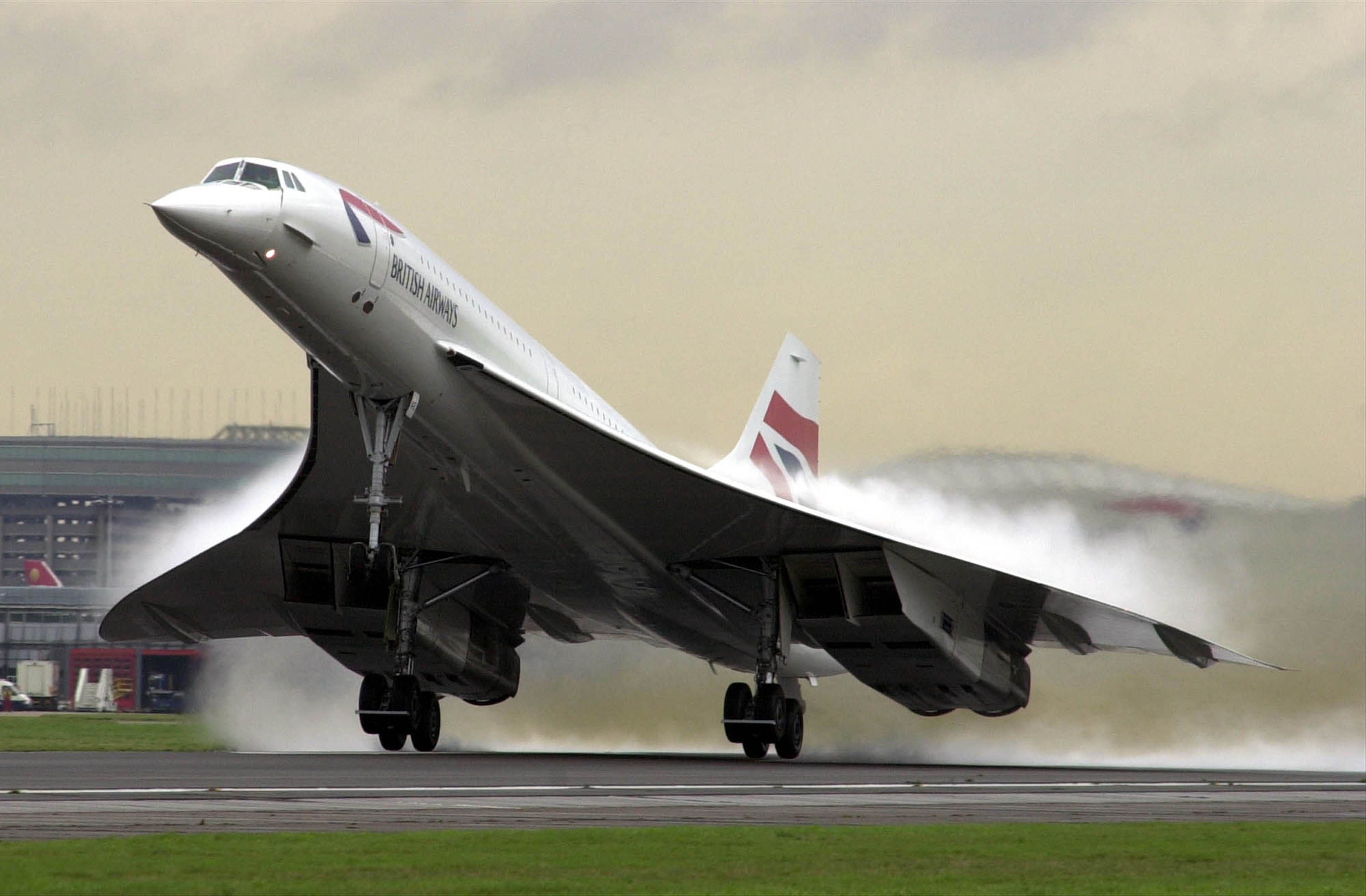
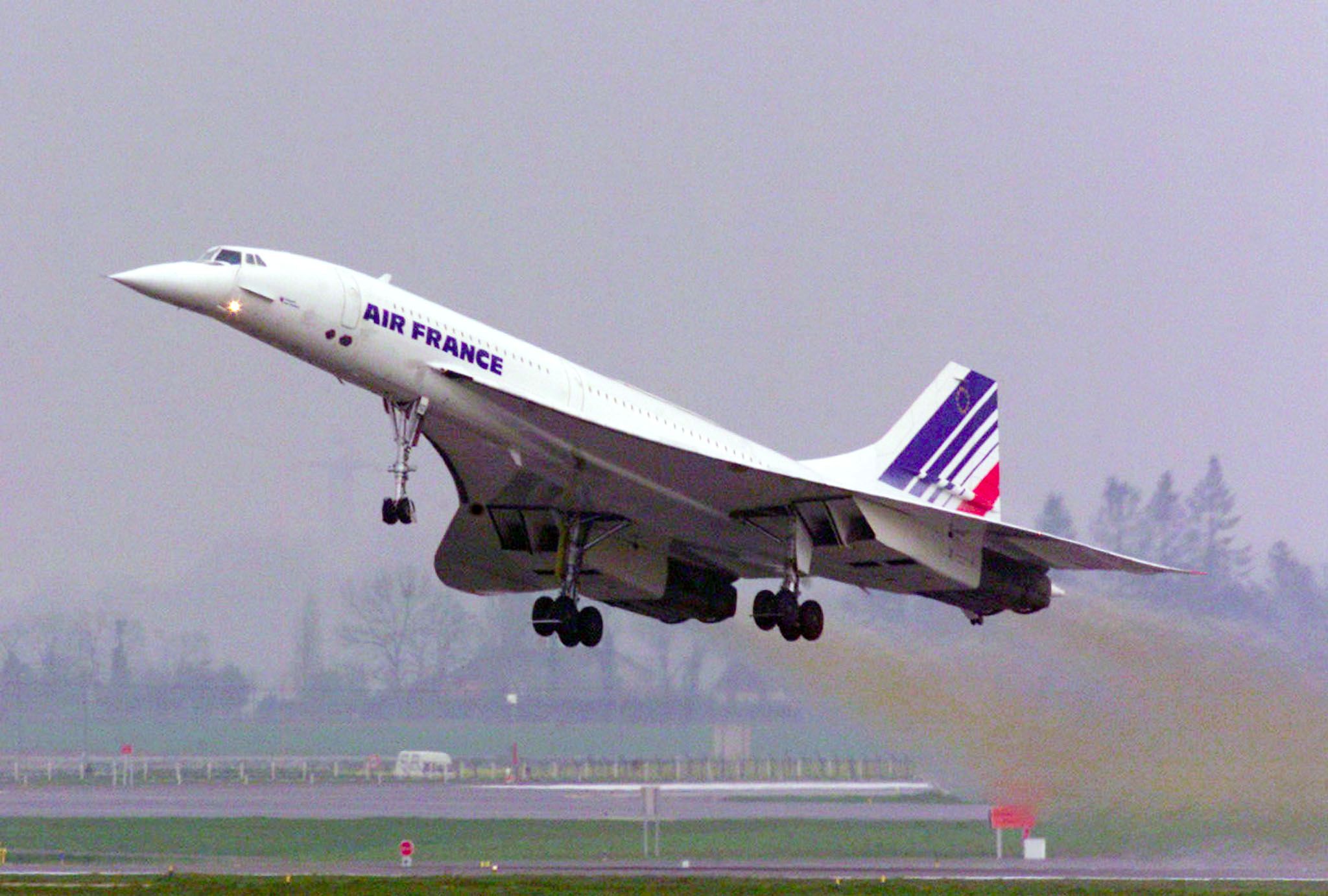
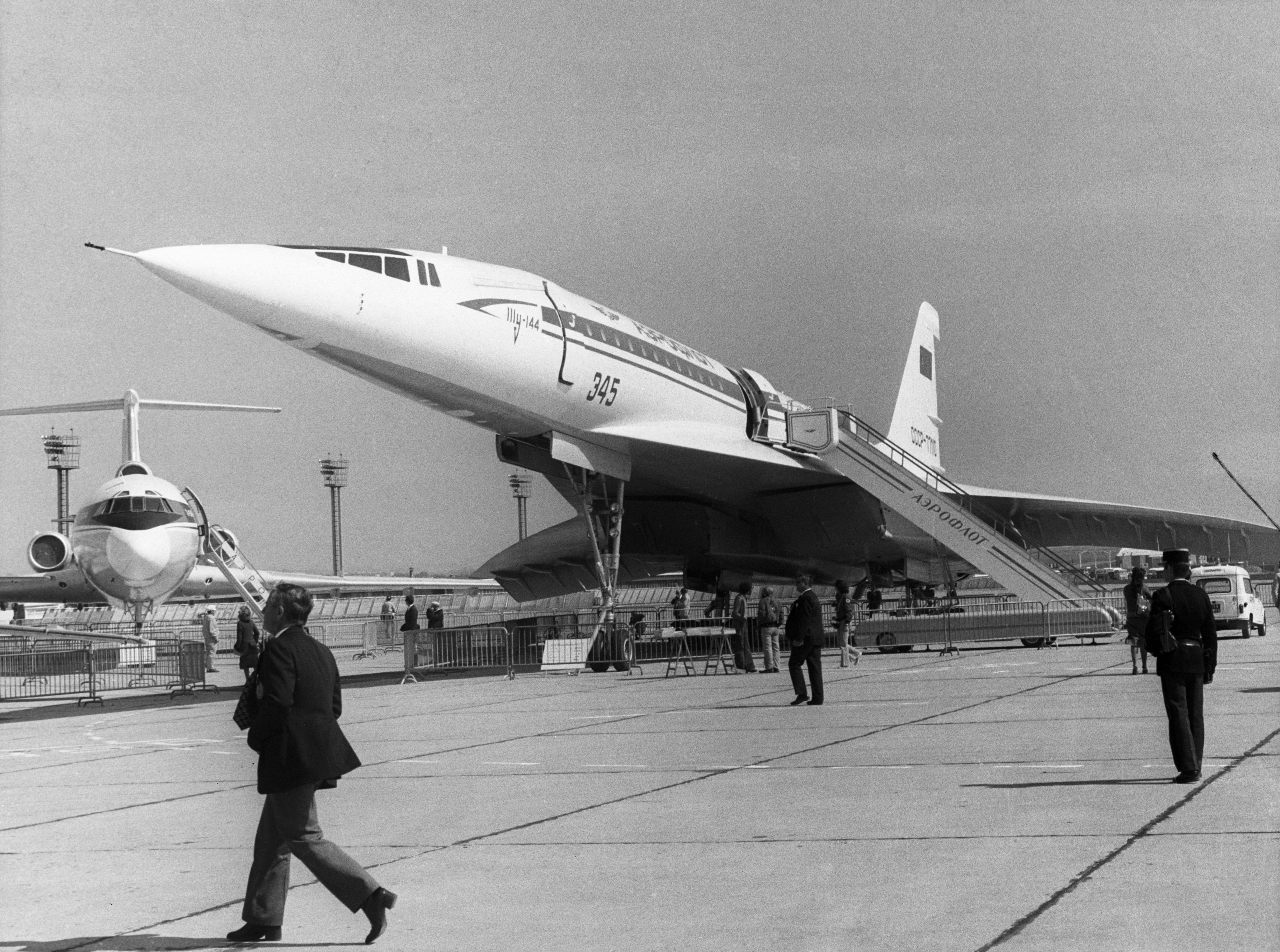
_-_filtered.jpeg)
